The cranberry has a long history with regard to human health. Hildegard von Bingen was already using the small red fruits as a medicine in the 12th century. The berries contain many vitamins, iron and potassium - but those interested in medicinal herbs shouldn't eat them raw, because they taste very bitter and sour. There are many other ways to capitalize on the potential of the lingonberry.
Occurrence & cultivation of the lingonberry

The lingonberry is a small heather plant. It hardly gets bigger than about half a meter, mostly the shrub is only about 20 cm high. The plant is evergreen and needs partial shade and an acidic soil for good growth. It can withstand winter cold without any problems or the cranberry seeds even need the cold to germinate. The leaves are arranged upside down ovate and curl slightly downwards. Overall, they are between 1 and 2 centimeters long. The leaf margin is smooth. While the upper side of the leaves shines dark green, there are many glandular hairs on the underside of the leaves.
Effect & application
When the lingonberry blooms, it forms dark red flower buds that are clustered together in the upper part of the shrub. If fertilization by the bees was successful, the first white fruits will appear after 5 to 6 weeks. The flowering time of the cranberry bush starts between May and June. This means that from July the first (still) white berries will emerge from the red flowers. As soon as these have changed their color to a strong red, the berries are fully ripe.
The lingonberry season for harvest is late summer. If the beginning of autumn is particularly mild, the last fruits can even be found in September and October. The harvested cranberries are best processed fresh because the fruits are sensitive. Short storage times are also conceivable for undamaged fruits in the refrigerator; however, damaged berries have to be sorted out beforehand, as they quickly rot and start to mold. Cranberry juice or syrup can be made by collectors simply by boiling the fruit, straining it and adding sugar.
Mixed with water, cranberry juice is a popular and healthy thirst quencher. Cranberries are made into a wholesome jam without water and boiled down with a lot of sugar. And cranberries are also extremely tasty when dried. Gently preserved in the dehydrator / stove, they can be used like raisins after drying.
The dried cranberry leaves are also used: as a tea, they are used for a wide variety of complaints. The leaves are best collected from May to August. They should be dried in a cool and shady place before storage. For a tea infusion, about 1-2 teaspoons of leaves are poured with boiling water per cup. For a long-term cure, it is advisable to consume 1-3 cups of cranberry leaf tea every day. Unfortunately, the cranberries don't taste good raw because they are very tart and sour. But it is precisely these sour and tart tasting ingredients that make the lingonberry interesting as a medicinal herb.
Importance for health, treatment & prevention
The cranberries contain vitamin C, provitamin A and vitamins from the B group. The fruits also contain minerals such as potassium, magnesium, calcium, phosphorus and iron. The reason why cranberries taste so sour is: salicylic acid. In addition to the other fruit acids, it is this substance that can have a pain-relieving effect on symptoms.
This applies above all to infections of the urinary tract, which can range up to inflammation of the kidney pelvis. Drinking cranberry juice or cranberry leaf tea supports the body in the event of illness in a similar way to bearberry. The leaves of the cranberry contain a lot of arbutin and tannin, both of which have an antibacterial effect. In addition to the astringent and antibacterial potential, the infusion of the cranberry bush should also calm the nerves or even reduce fever.
Chilled cranberry juice in particular is very beneficial when you have a cold. The high proportion of vitamin C contained in the lingonberry certainly also contributes to recovery. If you have a vitamin C deficiency, cranberries are a sensible dietary supplement, as they contain around 13 mg of vitamin C per hundred grams of fruit. Gout and rheumatism patients can also benefit from the anti-inflammatory effect of the cranberry due to vitamin C.
Another argument in favor of the beneficial effect of the lingonberry is that it is an indispensable part of the kitchen at home. The berry with medicinal herb potential is an integral part of certain dishes: it is processed into jam by experienced cooks as the fruity side dish to baked camembert, Wiener schnitzel and game dishes. The berry is very versatile; And for some time now, the close relative of the lingonberry - the cranberry - has been making a name for itself, as it has very similar properties.

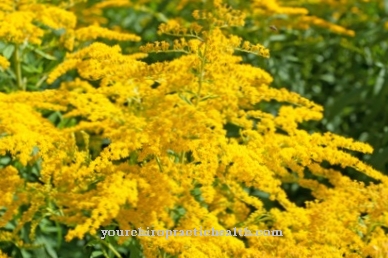
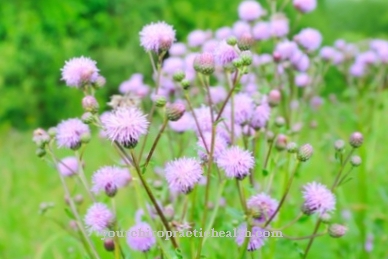

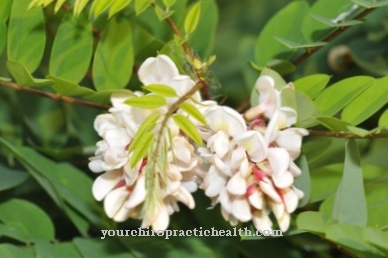
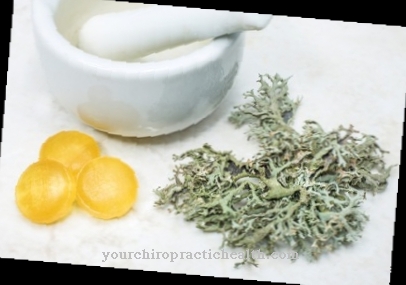
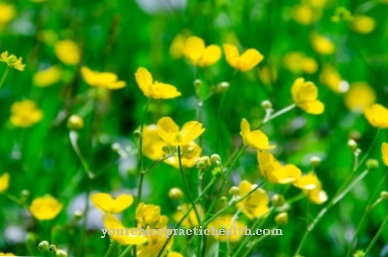


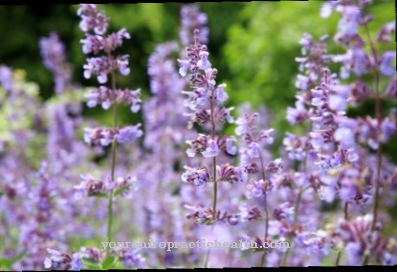






.jpg)


.jpg)


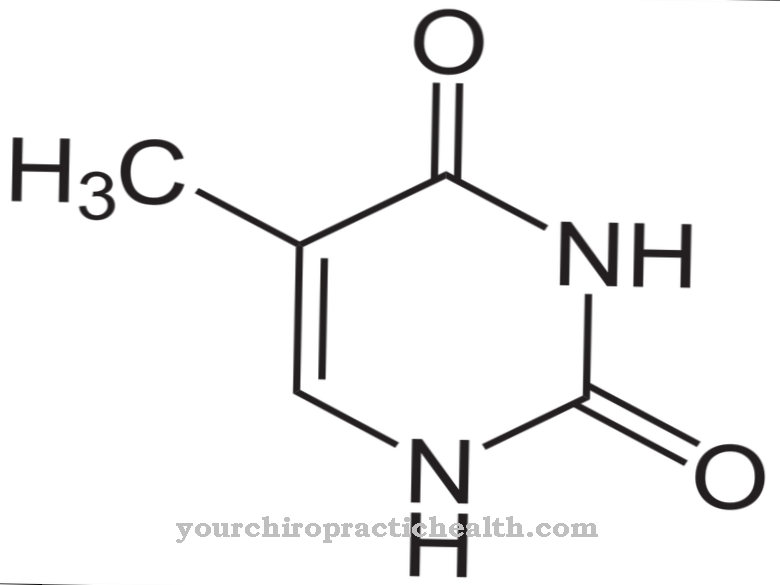



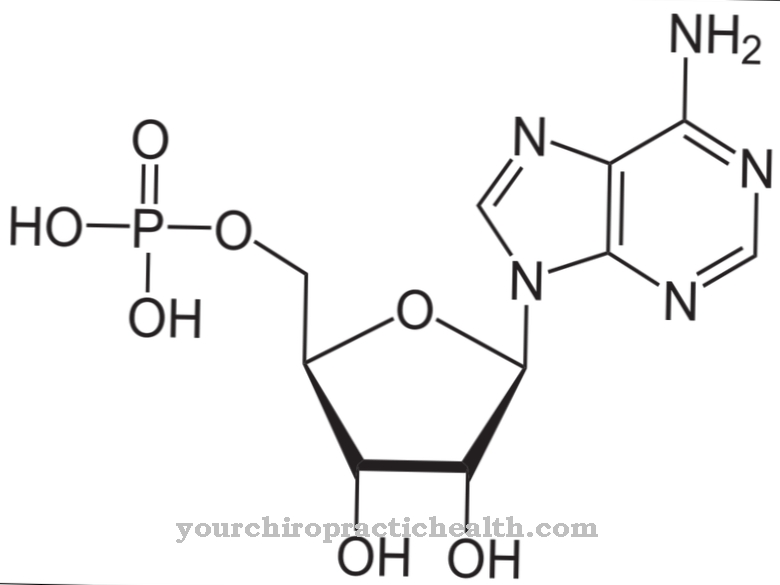
.jpg)
